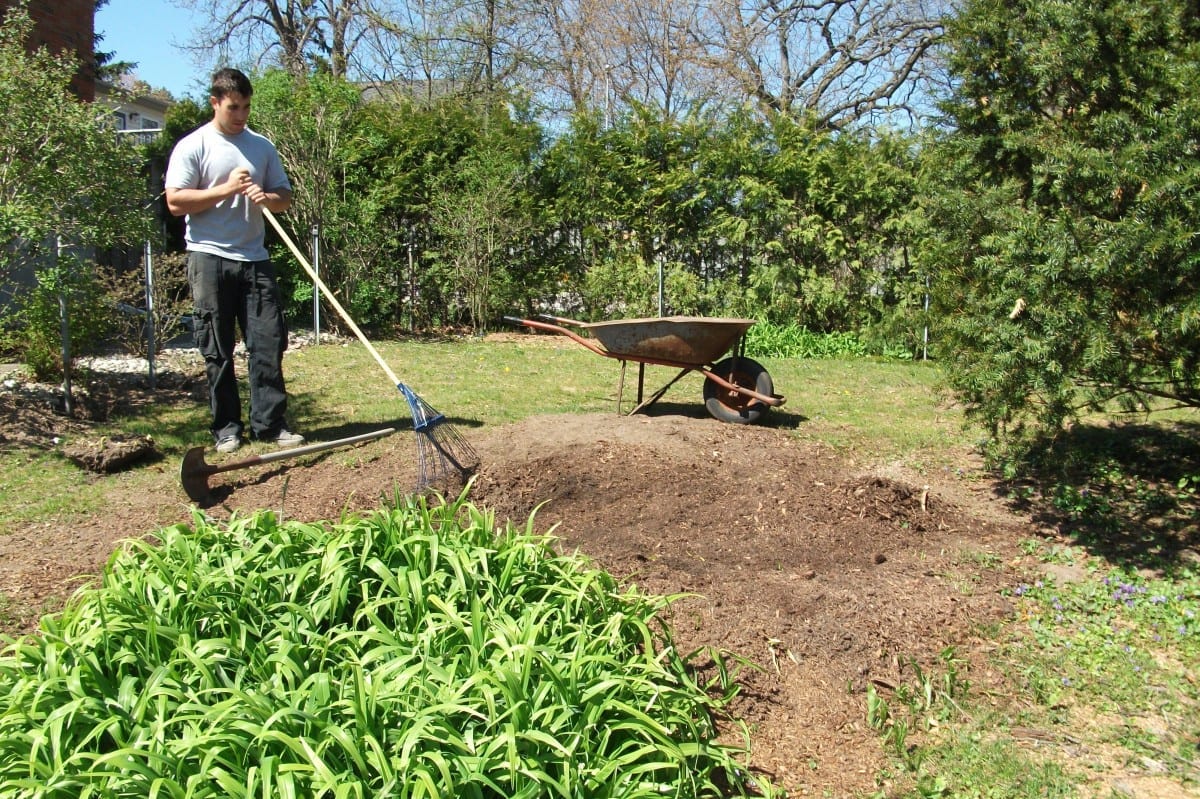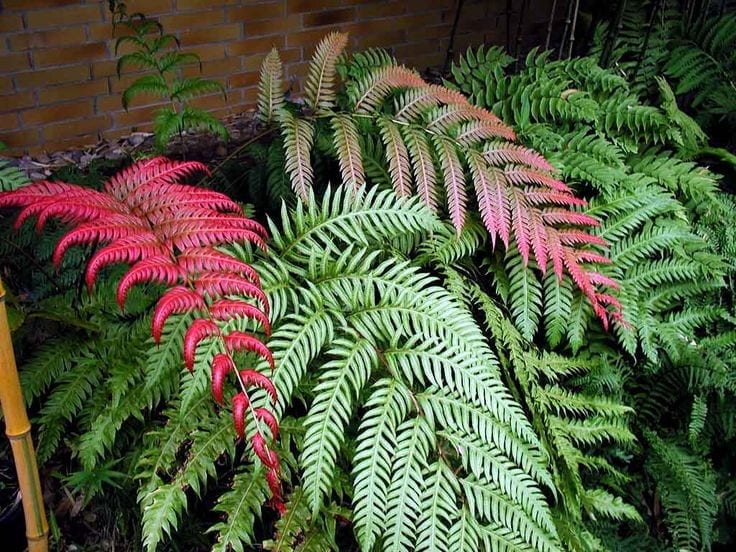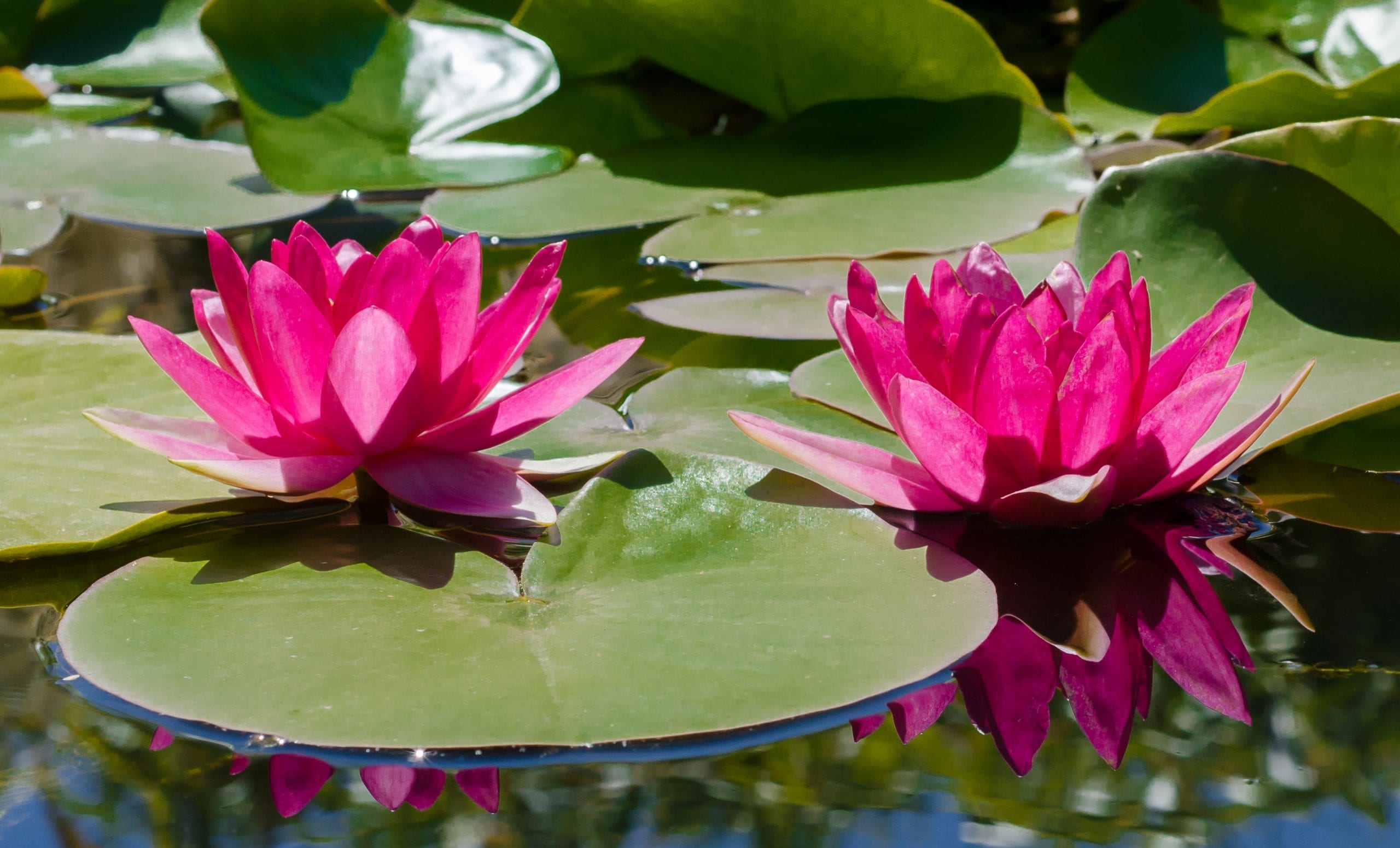March has always been a difficult month to try and accomplish anything in the garden; however there are many things can do. On a warm day I spend time picking up the branches that have fallen from my neighbors trees, clean up any remaining leaves and hope for warmer days ahead.
Here’s a list of some of things that you can do this month.
- If conditions are dry, water your evergreens.
- Do not remove winter mulch too early, wait until the end of the month.
- Purchase your seeds now! Local garden centers have their best selection during the early spring.
- In early March start seeds of leeks, parsley, broccoli, cabbage and cauliflower indoors, they’ll be ready for planting by mid-April. Wait until April 1st for tomatoes, peppers, eggplant and other cold sensitive annuals.
- Do not work soil if it is too wet. Workable soil will crumble, not ball, after being squeezed. You may encourage your soil to dry out by aerating with a pitch fork.
- At month’s end, plant peas as soon as soil is workable, followed by onions, spinach and lettuce. Pansies will also be available by months end, be the first on your street with a pot on your porch or in your window box, they can handle temperatures below freezing if they have been hardened off, you can also protect them by covering with newspapers.
- Scratch in bulb booster around your spring bulbs when they are 2” high.
- Spray rose bushes with fungicidal soap or wettable sulfur fungicide, then cover completely with dormant oil. The fungicide will kill most spores: the oil will suffocate the rest and act as a barrier to airborne spores.
- Cut down ornamental grasses before new growth appears.
- When the forsythia blooms you may do two things: cut out deadwood on hybrid tea roses and prune back to 18”, and apply pre-emergent crabgrass control on the lawn.
- Hold off pruning spring-flowering shrubs (forsythia, azalea, rhododendron, lilac) until right after they bloom, as they bloom on old wood.
I have found that the three basic keys to successful gardening are; preparing the garden to receive plants, applying proper nutrients, and proper watering.
Below is a recap of these three elements.
Soil Preparation:
One of the first things I was taught was to put a $5.00 plant in a $10.00 hole. Emphasizing that the plant is only as good as the soil and location it is grown in.
No matter how well you plan or how good the quality of the plants are that you buy,
you will not succeed without a good foundation for plant roots. Prior to planting, it is
imperative to prepare the soil, especially if you’ll be planting in a new location.
Before you go out and purchase your plants, you need to budget the time and energy to turn and amend the soil for where you are going to plant. Either by rotor-tiller or by hand turning the soil is a must! Once completed it is time to incorporate organic matter to help improve soil texture, nutrients, aeration and drainage. Materials such as peat moss, humus, compost, manure, and sand are all key elements to creating optimal growing conditions.
There are many excellent soil products available at your local garden centers. One of my favorites is Fafard “Complete Planting Mix” which contains a mixture of peat moss, manure, fertilizer and top soil. It is a bit more expensive to buy the all-in-one bag, but for smaller plantings it is a great product. For larger projects it is more economical to buy the various amendments individually and mix them yourself, but certainly a bit more work.
Some local nurseries offer free PH testing and can tell the condition of your soil by feeling a sample.
Fertilizer:
Whether a newly planted or established garden, fertilizing is essential for any plants development.
The most popular applications of fertilizers are; water soluble, granular, and slow release capsules. It is all personal preference as to which type to use, I prefer granular fertilizers and water soluble.
Espoma Organic Fertilizers are my favorites. With over fifteen types in their line to choose from, they offer something for every fertilizing need. Easy to apply, they can be used by scratching them into the top 1 to 3 inches of soil around the base of your plants or just tossed around older established plantings. It is also great for new plantings as well, just a tablespoon in every hole will help a new plant thrive in its new home.
Since annuals, perennials, trees and shrubs have different needs I have found that three different types of fertilizers can cover most everything in your garden.
The first type is for flowering annuals. Since they only live for one growing season, I feed them every other week with Schultz Bloom Booster 10-60-10 water-soluble fertilizer. The middle number (Phosphorus) promotes flower development and extended blooming, a must for the annual gardener.
Since many perennials have different needs and preferences I try and keep it as simple as possible. I use Espoma Plant-tone, an organic all purpose granular fertilizer 5-3-3. This should be applied once a month from April to August. Plant-tone promotes strong roots (Nitrogen), fairly productive blooming (Phosphorus) and strong foliage and stems (Potassium). I will also use the bloom booster on my flowering perennials, but only during their brief blooming cycle.
Finally, I use Espoma Holly-tone 4-6-4 for my acid loving plants. Great for Hollies, Azaleas, Rhody’s, Evergreens and Dogwoods, Holly-tone will feed most of the foundation shrubs in your garden.
Watering:
An often miss-understood part of gardening, proper watering is essential for success. Whether for container plants or garden beds there are procedures that should be followed.
For your container plants it’s easy. If your pots have proper drainage they should be watered when dry, which if it is hot and in a sunny location, should be everyday, especially outside hanging baskets. If you are forgetful or go away often I suggest using a product called Soil Moist Granules. These absorbent crystals store water when used and can help keep your containers moist for extended periods of time, but be careful, if you use too much they can rot the roots of plants if kept too wet.
For your garden beds I recommend deep, infrequent watering verses frequent, light watering. The former encourages a deep, stronger root system. The amount and frequency will depend on natural rainfall and the types of plants in your garden. As a rule of thumb, I water my full sun garden every other day for 20 minutes and my shade garden every third day for 20 minutes. However certain plants require more or less frequent water so a knowledge of what your garden needs are is important.
If possible, when watering by hand try and keep the foliage dry to help prevent foliar mold, fungus and disease. When this is not possible, water early enough in the day so the foliage dries off before nightfall.
Soil Preparation, fertilizing and water, execute them all and enjoy your garden all season long!!






Leave a comment